PENGUIN BOOKS
VACATION GUIDE TO THE SOLAR SYSTEM
Olivia Koski was born in the desert and raised in the mountains. She is head of operations for Guerilla Science. Previously she worked as a senior producer at The Atavist Magazine and a laser engineer at Lockheed Martin. She lives in Brooklyn with her partner and daughter.
Jana Grcevich lives in Brooklyn and enjoys wandering in Prospect Park. She received her PhD in astronomy from Columbia University and worked at the American Museum of Natural History, where she studied dwarf galaxies and taught astronomy to future high school science teachers.
Guerilla Science creates live, immersive experiences that connect people to science in new and unexpected ways. Since 2008 it has held events for more than 100,000 participants at music festivals, underground bunkers, storefronts, parks, pop-up shops, and more, toward its mission to build a society where science is celebrated as an integral part of culture.

for Viola and James, my fellow travel companions
OK

for my father and mother, who sang me I See the Moon
JG
PENGUIN BOOKS
An imprint of Penguin Random House LLC
375 Hudson Street
New York, New York 10014
penguin.com
Copyright 2017 by Olivia Koski, Jana Grcevich, and Guerilla Science, LLC
Penguin supports copyright. Copyright fuels creativity, encourages diverse voices, promotes free speech, and creates a vibrant culture. Thank you for buying an authorized edition of this book and for complying with copyright laws by not reproducing, scanning, or distributing any part of it in any form without permission. You are supporting writers and allowing Penguin to continue to publish books for every reader.
Illustrations : Copyright Steve Thomas, 2016. Used with permission.
No copyright is claimed for works of the United States Government. Other illustrations: Created by Steve Thomas. Copyright 2017 by Olivia Koski, Jana Grcevich, and Guerilla Science, LLC
Ebook ISBN 9781101993415
Cover design and illustration by Steve Thomas
Version_1
CONTENTS


AUTHORS NOTE

S ome may question the wisdom of creating a vacation guide to the planets when human feet havent touched the ground of another world (the Moon) since 1972. If youre thinking that a space vacation is a distant fantasy, however, remember that one hundred years ago, airplanes were a cutting-edge technology. The fast ones could travel at the great speed of 120 miles per hour, bringing a prospective space traveler to Neptune in 2,571 years. In 1989, the Voyager 2 spacecraft reached Neptune in less than twelve years traveling at 42,000 miles per hour. One hundred years from now, who knows how long a trip to Neptune might take? Your space-vacationing great-grandchildren may discover this book in an old Martian library, and smile at our naive vision of the future.
Assuming we dont destroy ourselves first, humans will go to the places we describe in this book someday, almost without question. With the right resources, and most important the will, we can travel to distant worlds. Some of what we discuss, such as human visits to the Moon and Mars, will probably happen in the coming decades. Other things, such as finding ways for our bodies to withstand the extreme radiation near Jupiter, the conditions of the sun-facing side of Mercury, or the long journey to the outer solar system, may take much longer. In some cases we may continue to use probes and robotic explorers to virtually experience distant planets where human survival is impractical.
We are, at heart, space travel agents. Our job is to sell you on the idea of a space vacation. Weve created this guide using the best available information on each destination. While we havent, technically, been to any of them ourselves, rest assured, we have excellent sources who confirm the accuracy of our descriptions of these holiday locations. In this book, we have embellished certain things such as the existence of buildings, cities, and other human-built infrastructure on other planets and moons. Apart from the remains of probes, rovers, and orbiters, six American flags that are likely bleached white on the Moon, and some minor debris, nothing human-made exists on other planetary bodies, and human feet have not touched any alien world except the Moon. Any bit of fiction you do find in this book is informed by scientific and technological expertise, and meant to illustrate the real experience you might have on your vacation.
How can you recognize what is real and what is not? Natural properties of destinations, such as temperature, length of day, climate, etc., are based on the latest scientific research, and we rely on physics to describe how things behave. References to missions, probes, landers, and certain specific rovers are real. The landscapes we portray are real. Names of geographic locations are mostly given according to the International Astronomical Union standards. We chose to use the English translation when possible for readability. The Latin name, commonly used in scientific literature, is often listed in parentheses. Artistic liberties that we took with reality include: references to cities underground and airborne; local rumors; the possibility of renting rovers, submarines, airships, hover cars, or other vehicles used for navigating alien landscapes; the mere likelihood of surviving exposure to certain types of environments; and the ease with which you can expect to travel to various locations in our solar system.
Creative flourishes aside, were at the dawn of a space exploration boom. In the short time since Guerilla Science opened its first pop-up Intergalactic Travel Bureau to plan space vacations for the public in 2011, there have been incredible gains in humankinds knowledge of neighboring planets. Scientific missions have brought back images from Pluto, Saturn, and Jupiter, and landed a robot on a distant comet. Thousands of exoplanets, those mysterious worlds orbiting distant stars, have been detected, and more are waiting to be found. The more we discover about other worlds, the more we come to reflect on our own place in the cosmos. Anyone who delves deep into the conditions present on other planets and the extreme measures necessary to keep humans alive on them soon realizes how rare and precious Earth is and how imperative it is that we protect Earths environment for future generations. The goal of vacationing in space is not at odds with solving our many pressing social, economic, and environmental problems back home. If anything it helps bring into focus the importance of protecting our planet so we have a place to come home to.

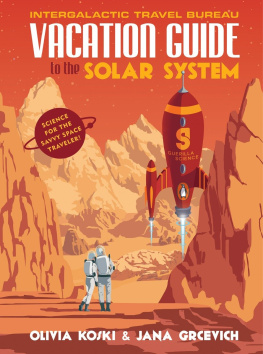
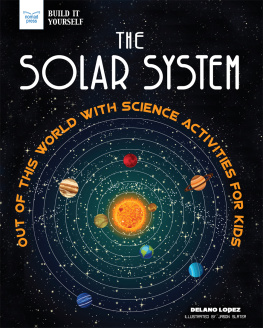
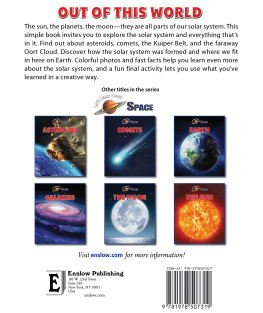

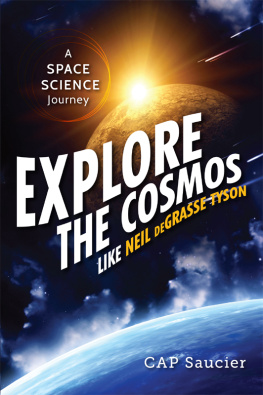

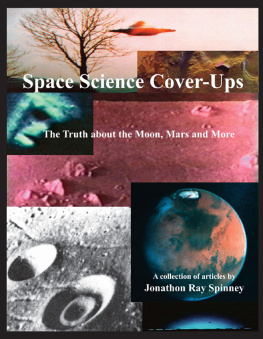
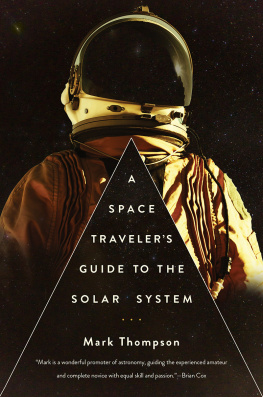
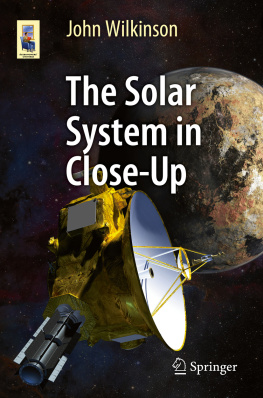
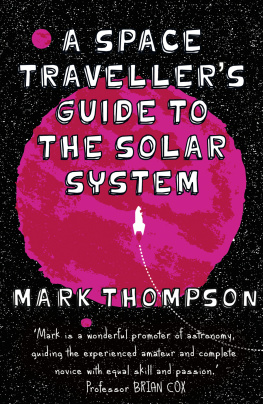



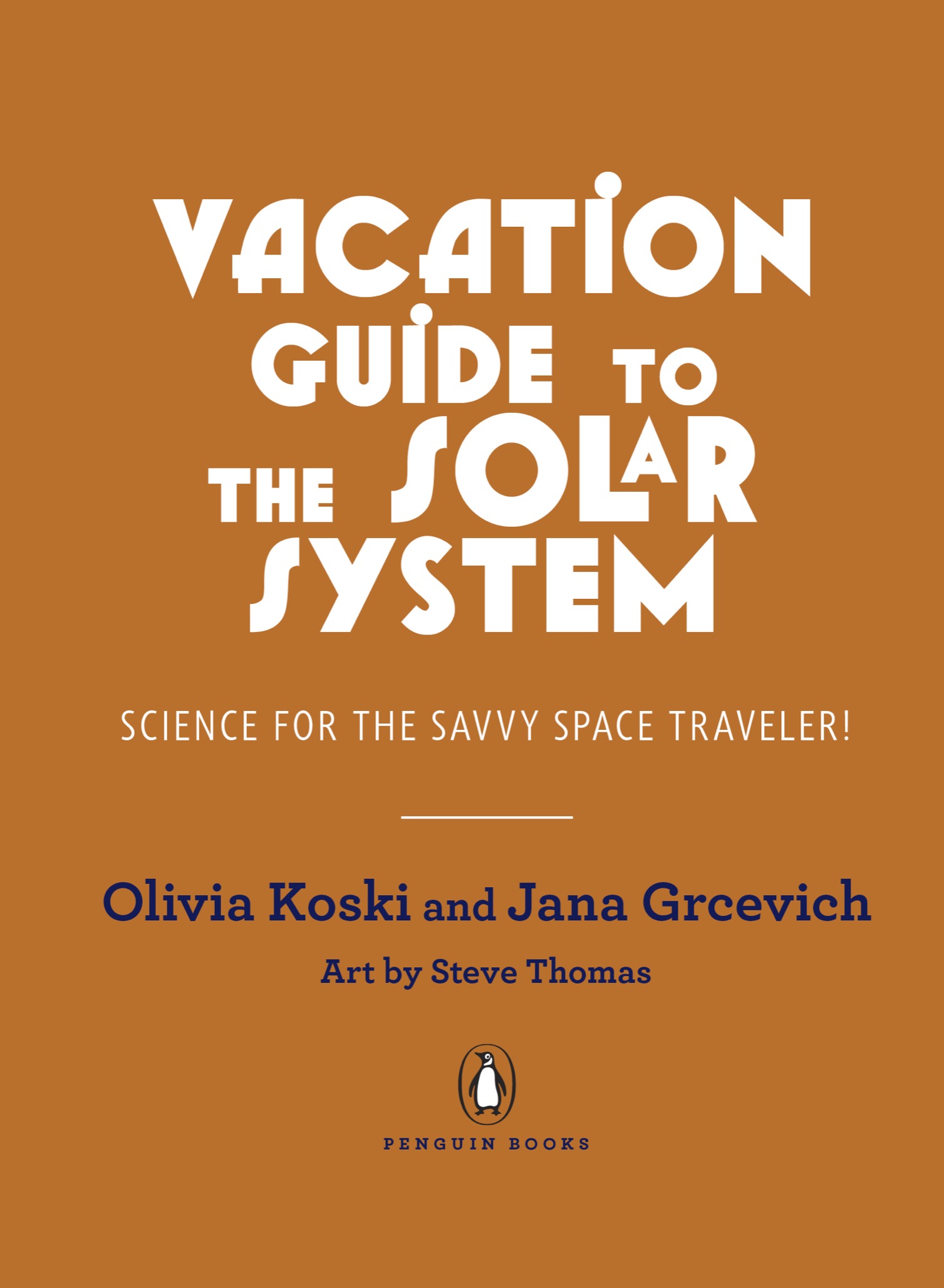



 AUTHORS NOTE
AUTHORS NOTE